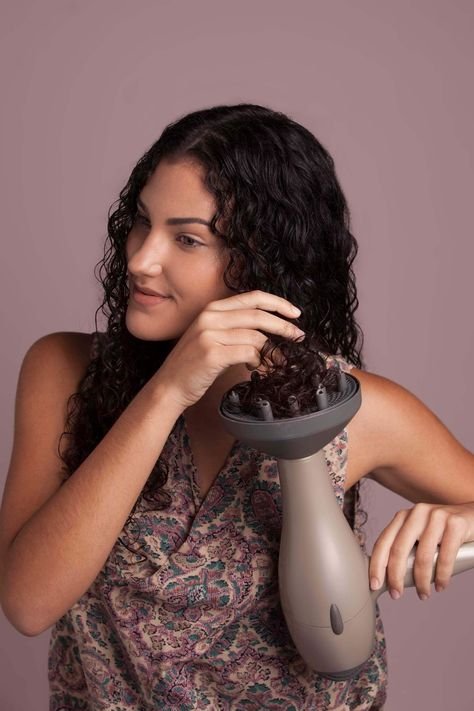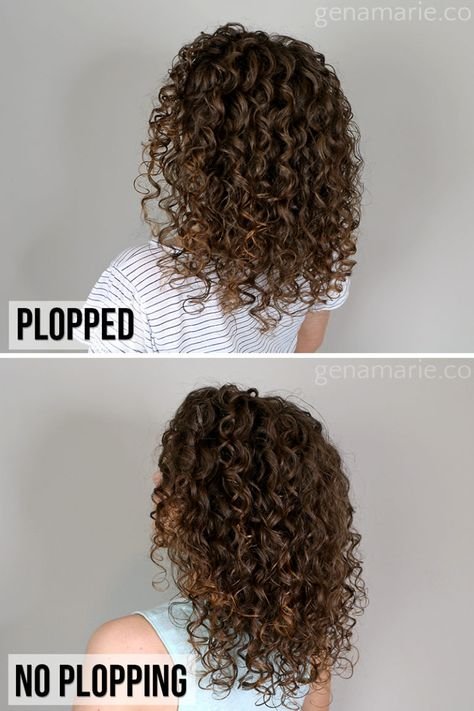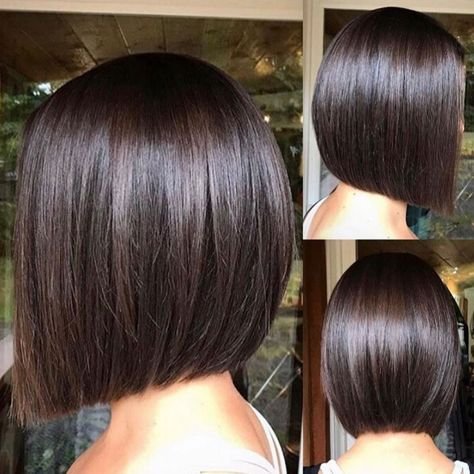
One thing that most distinguishes us is our hair. Your hair may express your individuality, give you more confidence, and make a statement, regardless of its length or curliness. But more than just a decent shampoo is needed to achieve and keep healthy, fashionable hair; you also need to know how to style it, know what products to use, and understand your hair type. All the information you want to maintain the best-looking locks is provided here.
Recognizing Your Hair Type

Knowing your hair type is essential before going into hair care and styling advice. Texture and porosity are the two main factors used to classify hair types:
Styling Tips for Various Hair Types
Straight Hair (Type 1):

The natural oils from the scalp can readily flow down the hair shaft, hair is frequently lustrous and silky.

1. Volumizing:

Sometimes, straight hair might look flat. To enhance lift, use a volumizing mousse or spray at the roots.

2. Beach Waves:

Try using a curling wand to create loose waves to add texture, or for a more natural appearance, braid your hair overnight.

Wavy Hair (Type 2):

Falls in a range of textures, from curly to straight, with loose, occasionally frizzy waves.
1. Frizz Control:

Frizz is common in curly hair. To accentuate your natural waves and tame flies away, use a smoothing serum or cream.

2. Diffusing:

Use a diffuser attachment on your blow dryer during the drying process to keep the wave pattern intact without creating frizz.

Curly Hair (Type 3):
Creates unique curls that vary in size from loose loops to tightly wound spirals. Because natural oils have a tougher difficulty getting to the ends of curly hair, curly hair tends to be drier.

1. Defining Curls:
Using the “scrunch” approach, apply a curl-enhancing cream or gel to damp hair to define curls.

2. Plopping:

Use a cotton T-shirt or microfiber towel to “plop” your hair after applying your products to encourage the formation of curls and lessen frizz.

Coily Hair (Type 4):

This hair type, sometimes referred to as kinky or afro-textured hair, has extremely tight curls and is the most delicate and dry because of the coils.
1. Moisture is Key:

Highly hydrated hair is necessary for frizzies. To keep coils hydrated, use butters, oils, and leave-in conditioners.
2. Protective Styles:

Braids, twists, and bantu knots are examples of hairstyles that shield hair from harm and minimize the need for regular maintenance.
Tips for Achieving Elegant Hair Styles

It takes more than just a good cut and style to have elegant hair; proper hair maintenance is also essential. Here are some pointers to make sure your hair is in optimal condition at all times:
Hydration is Key:

Enough water is the first step toward healthy hair. To maintain your hair smooth and shining, use a moisturizing shampoo and conditioner that are appropriate for your hair type. You should also think about getting a weekly deep conditioning treatment.

Protect Your Hair:
Apply a heat protectant on a frequent basis if you use heat styling equipment to avoid damage. In order to prevent over-drying your hair, try to minimize how often you use these equipment.
Embrace Your Natural Texture:

Sometimes the most elegant looks are those that highlight the natural texture of your hair. Accepting the curls, waves, or straight hair that nature has given you may produce stunning effects.
Regular Trims:

Regular trims will keep your hair appearing healthy and free of broken ends. A hair trim every 6-8 weeks may significantly improve the look and feel of your hair, even if you’re growing it out.
Experiment with Accessories:

Headbands, clips, and pins are examples of hair accessories that may elevate any look. They’re a simple method to change up your appearance without having to get a new haircut or color.
Trending Hairstyles
Blunt Bob:

A classic and adaptable cut that works on many face shapes is the blunt bob. It’s a low-maintenance design that can be pulled back for a more relaxed vibe or worn sleek and straight.
Curtain Bangs:

These delicate, face-framing bangs are returning in big ways. They look good on most face types and are versatile in their styling options, ranging from neat to sloppy.
Braids:

This technique is ideal for adding texture and interest to your hair; it may be used to create simple box braids or more complex French braids. Additionally, braids are a fantastic protective style, particularly for coily and curly hair types.
Textured Pixie Cut:

An elegant, contemporary style may be achieved with a textured pixie cut for those seeking something dramatic and manageable. It needs little styling work and is ideal for showcasing face characteristics.
Natural Curls:

Embracing the natural texture is a big fashion move. Letting your natural hair take center stage, whether it’s in loose waves or tight coils, is a powerful and elegant look. Use hydrating products to accentuate your curls and stay away from harsh styling equipment.
In summary
The first step to having healthy, gorgeous hair is to recognize your hair’s specific demands. Hair care is an integral element of self-care. The secret to gorgeous hair is in the details, from picking the correct products to understanding how to style for your hair type, regardless of whether you want to experiment with bold, new trends or prefer a straightforward, low-maintenance appearance.
Keep in mind that your hair reflects your personality, so don’t be afraid to try different looks to see what suits you the best. You may have hair that not only looks beautiful but feels fantastic with the correct styling and maintenance.

